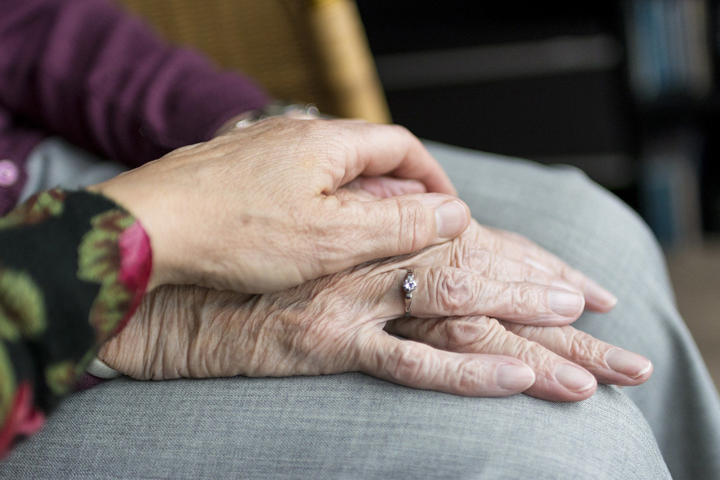
Anyone who breaks a bone from a fall on cement or ice one should be screened for risk factors for Osteoporosis.
It is a lot cheaper to have a DXA scan to see if you have undiagnosed osteoporosis, rather than wait to see if you break more bones.
It should not be considered normal at any age to lose height. It is a red flag if a person has lost height, especially if they have back pain or their posture has changed.
Anyone who has intermittent or constant back pain should be investigated for Osteoporosis, especially if the person has lost height or their posture has changed or they have broken any bones.
A hump developing on a person’s back should not be considered “Normal Aging”. If it is from undiagnosed Osteoporosis, the bones in the spine are collapsing.
The hump develops because there is not enough bone in the spine to keep the person upright. If causes of bone loss are not found and addressed and a treatment is not initiated, research shows that every 6-12 months another bone (vertebrae in your back) will collapse.
The hump causes the person’s centre of gravity to be off, therefore placing the person at a high risk of losing their balance and falling, which can result in the person fracturing their hip or other bones. If a person has developed a hump, there are treatments to prevent the hump from getting worse. It is very rare when a person cannot be treated; we have 90-year-olds who have improved their bone health!
This is usually associated with loss of height. This can happen due to the bones in the spine (vertebrae) collapsing, followed by the rib cage ending up resting on the pelvis, because the spine has lost bone support to hold it upright. A Potbelly can then occur as there is no place for the stomach contents to go, other than outwards. This can cause severe pain and/or difficulty in breathing and swallowing, in severe undiagnosed Osteoporosis patients.
People with severe undiagnosed Osteoporosis can cough, sneeze, stand up from a chair, roll over in bed and break bones. Anyone with unexplained broken bones should be screened for Osteoporosis.